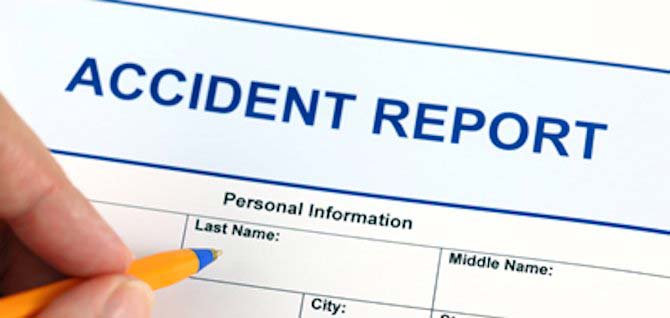Our Blog

Corrective Actions that Address Root Causes
The Implementation of Corrective Actions Is the Last Step OSHA’s “Incident [Accident] Investigations: A Guide for Employers” document helps organizations implement an incident investigation system composed of the following four steps: 1) Preserve/document the scene2) Collect information3) Determine root causes4) Implement corrective actions According to OSHA’s guidance document, an incident investigation should only be considered complete
Read MoreLaunch Action Plans from Hazard Analysis
Complete Inspections Anywhere & Anytime with Mobility EHS programs include inspections that help to identify workplace hazards that can lead to incidents. In addition to identifying hazards, workplace inspections also help to uncover process weaknesses, which leads to opportunities to improve operational efficiency. A comprehensive inspection program includes both general and special inspections. General inspections are
Read MoreCorrelate Observations with Incident Rates
Use Observations of Unsafe Behaviors as a Leading Indicator To know if you’re doing well, don’t look where you are. Look instead where you’re going. Even if your personal health indicators are good, it doesn’t mean that you’re doing well if you started to eat poorly or sleep less. The same applies to occupational safety.
Read MoreTrain Workers on the Hierarchy of Controls
Train Workers on Hazard Identification and Controls An occupational safety and health (OSH) program also includes training where workers learn more about the OSH program and their responsibilities under it. The training program educates about safety concepts, procedures to follow, how workers can perform their jobs in a safe manner, how to report incidents, and
Read MoreEvaluate the Effectiveness of your Leading Indicators
Leading Indicators Help to Evaluate a Safety Program As part of an occupational safety and health (OSH) program, use both lagging and leading indicators. Lagging indicators measure what has already occurred, such as injuries, illnesses, fatalities, days away from work, etc. They help to comply with regulations that require organizations to keep track of incident
Read MoreWritten Operating Procedures for Unit Startups
Startups & Shutdowns Are More Hazardous Than Normal Operations Recently the U.S. Chemical Safety Board (CSB) released a Safety Digest on Startups and Shutdowns that highlights three incidents that occurred during a startup or shutdown, and provides lessons learned that can be used to prevent future startup and shutdown incidents. Process unit startups and shutdowns are much more hazardous
Read Morethe Pros and Cons of Behaviour Based Safety (BBS)
Behaviour-Based Safety is a program used to inform employees of their overall safety performance. It was founded on the belief that workers can be motivated to behave safely through the use of positive reinforcement. BBS focuses on the actions and behaviors of individual employees. It puts the responsibility of safety on the shoulders of all
Read More
5 Tips for Preparing an Investigation Report for Management
So, you’ve been assigned as the team leader for an incident investigation. You’re ready to conduct your investigation, you have your team together, and you have a good understanding of the problem at hand. Before you get too far along, keep in mind that the final product of your investigation will be some type of
Read MoreWhat’s in a JSA?
Job Safety Analysis (JSA) processes allow us to break down jobs into specific tasks in order to identify potential hazards and then recommend the safest course of action before taking on the job. This is done through past experience, observation and then a group of experienced workers and supervisors completing the analysis through discussion. What
Read MoreCategories
- Our Blog (19)
- Uncategorized (3)